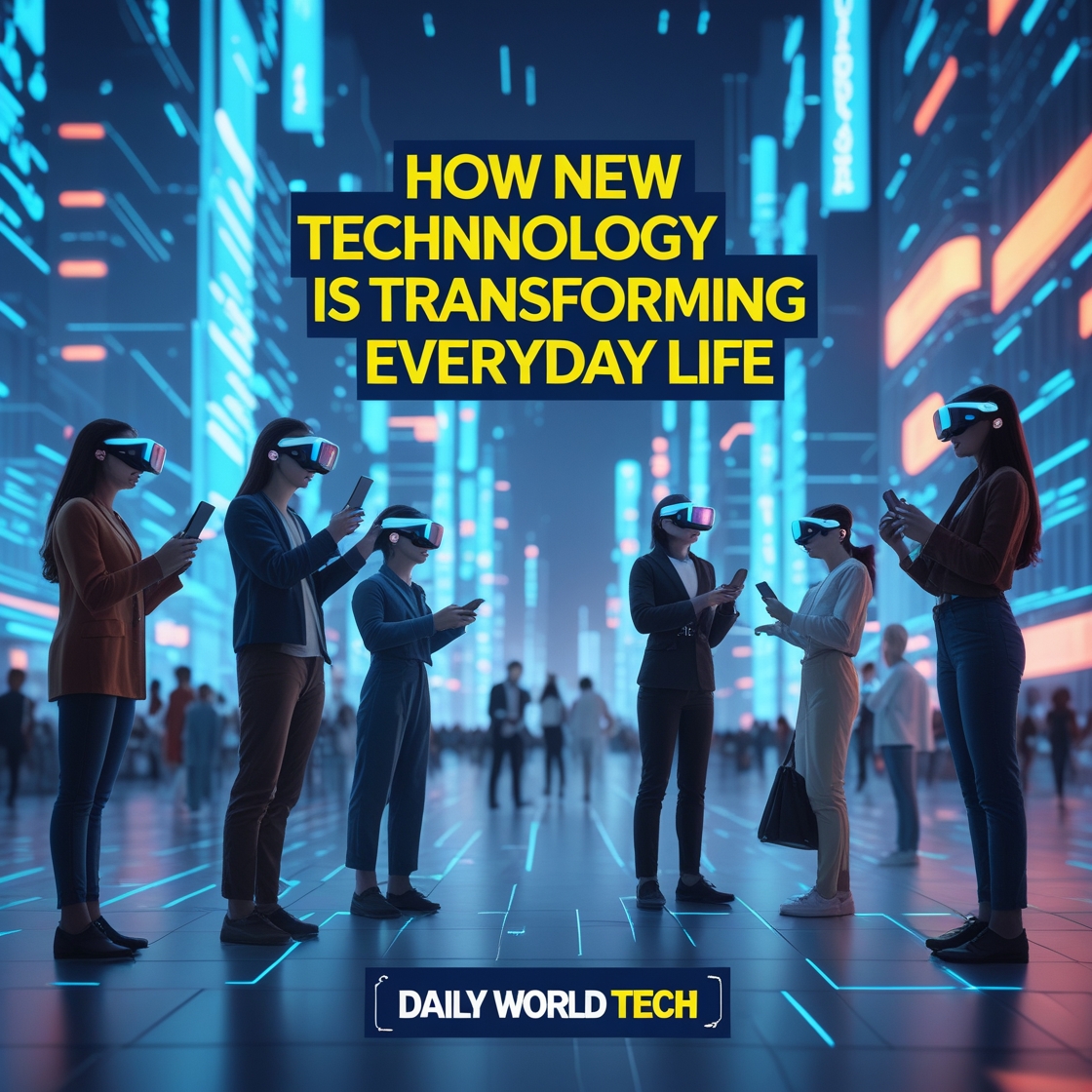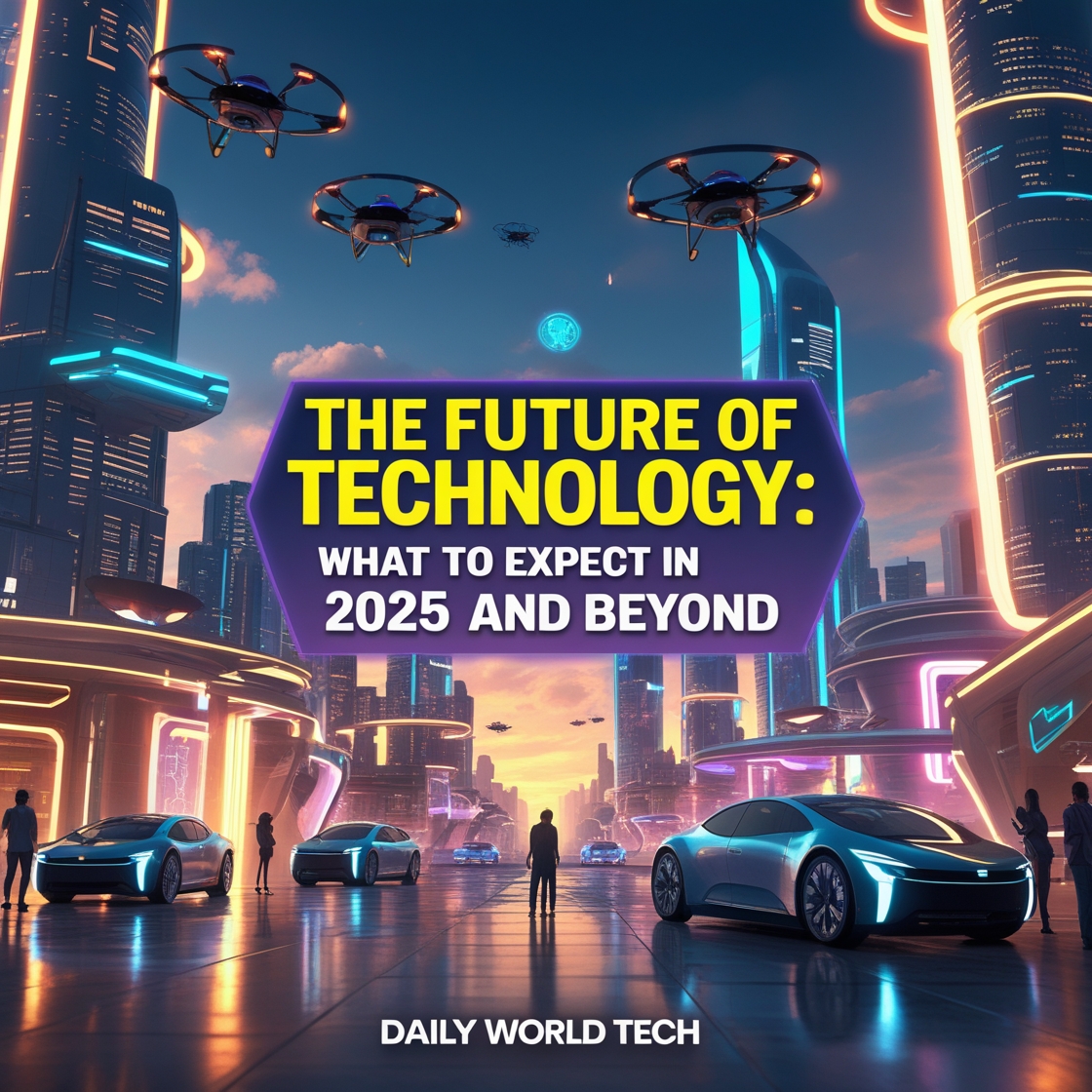The evolution of robotics has gone a long way since this was first started by automation of machines that carrying out duties on the factory floor thus repeating themselves. According to technical studies, as early as 2025, using robotics at production enterprises will stop being an exotic matter, but it will become entrenched in daily life. Whether it is industrial automation or healthcare, home assistance, education or even entertainment, robots are being used to change our daily lives, the way we work and interact with others.
Robotics combined with artificial intelligence (AI) technologies, the Internet of Things (IoT), and smart sensors have turned robots into smarter, more productive, and easily applicable to various settings. This paper shall examine the impact of robotics in 2025 on the sector and how it is becoming effortless in our lives.
1. A History of Robotic Technology
There has been a three-phase evolution of robotics:
- Mechanical Automation (Pre-2000s) – Late 19th century through the 20th century was the period of machines that could do jobs that were pre-programmed, repetitive, and worked in industries.
- Programmable Robotics (2000–2020) – Programmable robots that have sensors and have minimal AI incorporation.
- Smart Robotics (2020–2025) – Robots powered with AI that can learn, adjust and make their own decisions.
In 2025, through such developments in machine learning, computer vision, and cloud computing robots will be capable of:
- Interpret speech and other human gestures.
- Safely collaborate with people.
- Acquire new tasks without total reprogramming.
- Be self-governing in random operating conditions.

2. Industrial Robotics
Multi-decades of manufacturing has relied on industrial robots but 2025 will see smarter, safer, and collaborative robots.
a. Manufacturing Automation
Manufacturing robots of today have AI-controlled quality control and live error detection. For example:
- Robots are found in automotive industries where they are used to produce cars in a shorter time and with a reduced number of defects.
- More precise robots are used in electronics manufacture to assemble a microchip and circuitry.
b. Collaborative Robots (Cobots)
Cobots are implemented to collaborate with humans in close vicinity without the usage of safety cages. They:
- Help in heavy components carrying.
- Do risky work.
- Get rapidly adjusted to the change in production requirements.
c. Warehousing / Supply Chain
In warehouses, AI navigation systems are implemented in the movement of goods by means of robots. Kiva robots and other models like them are already prevalent in the world of retail logistics at Amazon, shaving off huge proportions of time spent in delivering goods.
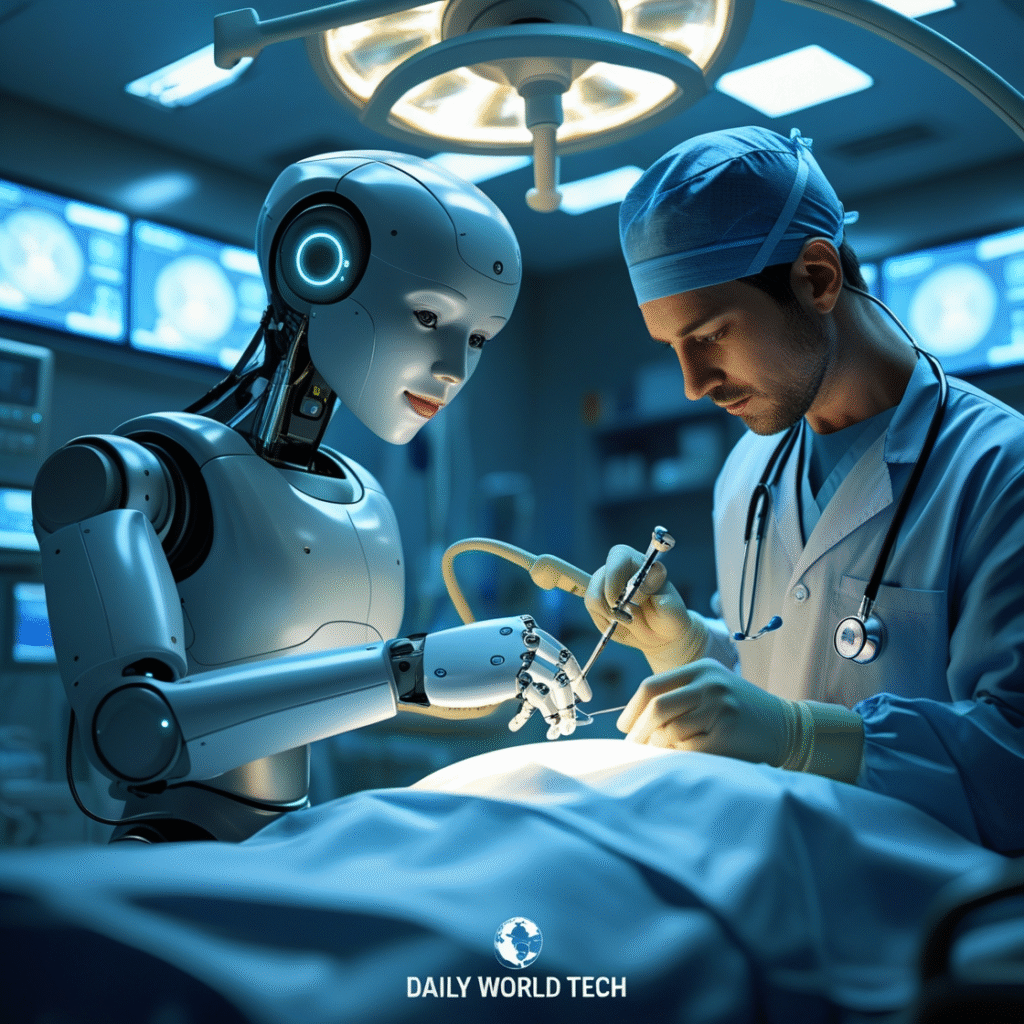
3. Healthcare Robotics
Robotics revolution is taking place in the healthcare industry of 2025. Whether it is a surgery or geriatrics, the application of robots in the healthcare industry is ensuring safety and efficacy of deliverables.
a. Surgical Robots
Surgery assisted by robots, which was corroborated by a system such as da Vinci Surgical System, is more accurate and available. In 2025:
- The robots are used in complex heart and brain surgeries by the surgeons.
- Through remote surgery, doctors are able to perform surgery to patients even a thousand miles away.
b. Rehabilitation Robots
They are also useful in the sense that they help patients who have experienced stroke or other injuries as they guide them in physical therapy and monitor their improvement in real-time.
c. Robots of Elderly Care and Patients
Other valuable ways in which companion robots assist elderly patients include:
- Reminders of the medication on a daily basis.
- Physical supportive mobility.
- Counseling by sharing and amusing.
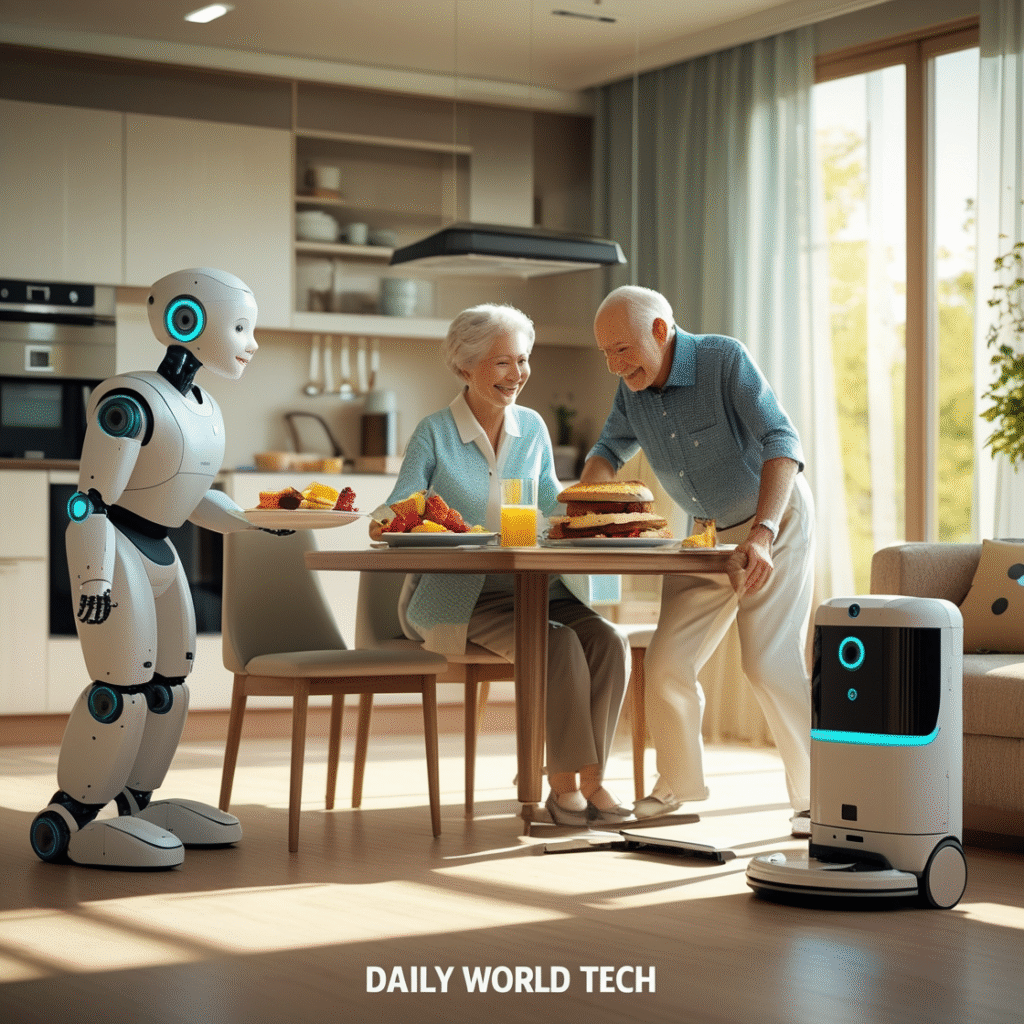
4. Robotics in Day-to-Day Life
Robotics is not just restricted to the labs and manufacturing plants anymore — they are in our households, schools, and even the streets now.
a. Home Robots
In 2025, home robots will be able to:
- Wash floors, windows, even laundry.
- Use smart kitchen complemental that enables one to cook simple meals.
- Offer protection in terms of surveillance and warning owners about possible suspicious movements.
b. Personal Robots as a Personal Assistant
These robots are powered with AI voice assistants to schedule a meeting, order groceries, and control gadgets in the house via the IoT network.
c. Delivery Robots
Urban fresh food, groceries, and package deliveries are achieved by self-driving delivery robots and drones where the order arrives within a few minutes.
5. Robotics in the School
Robots in education are changing the face of education in classrooms by making education interactive to the direct contact.
- Code and STEM Learning – Children can learn how to code through robots in a fun manner.
- AI Tutors – Robotic tutors create individualized lessons that center on the speed that the student acquires.
- Remote Learning Support – Telepresence robots enable students to visit school remotely.
6. Agri Robotics
Robots used in farms come to the aid of farmers in fulfilling world food needs.
- Autonomous Tractors – Plant, water, and harvest crops without human intervention.
- Crop Monitoring Drones – Track fields, keep an eye on unhealthy weeds, take irrigation tests, etc.
- Fruit-Picking Robots – Pick fruit so it can be delivered more efficiently and less is wasted.
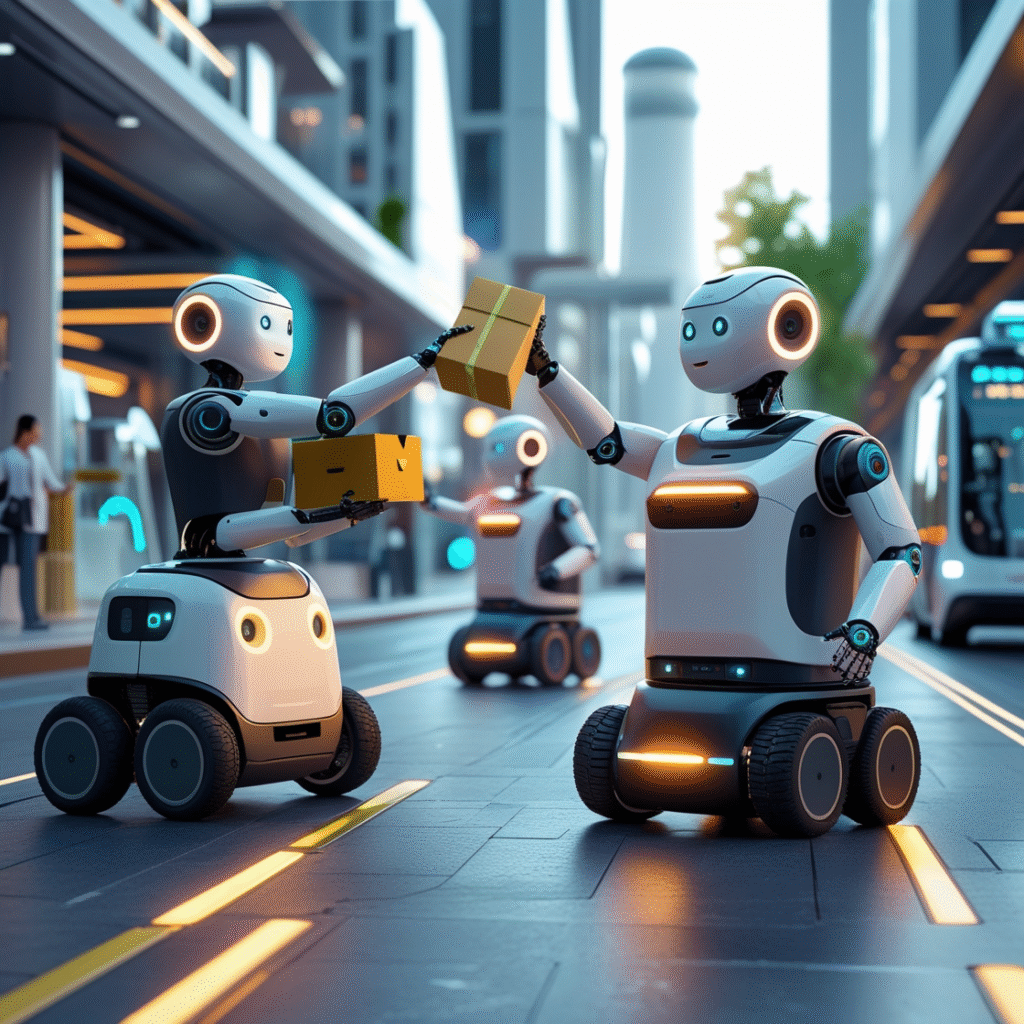
7. Transportation Robotics
Robotic systems are useful in the transportation industry in numerous ways:
- Self-driving vehicles such as cars and buses carry people with safety.
- Railway maintenance is done through maintenance robots that check and maintain the tracks through automation.
- Robots in the airport are used to help with the luggage as well as guide people.
8. Robotics: Defense and Military
National security and robots are compatible:
- Soldiers can be minimally involved through bombs disposal robots.
- Borders are watched by surveillance drones.
- Supplies in the battlefields are carried by autonomous military vehicles.
9. Social and Ethical Consequences
On the one hand, robotics partially results in a number of benefits; on the other hand, it implies the emergence of issues of concern:
- Job Displacement – Automation may lead to the displacement of some jobs, and the concerned employees would need retraining.
- Threat to Privacy – There are chances that home and surveillance robots will gather sensitive information.
- Ethical AI Use – How to grant robots autonomy is still up to debate.
To achieve safe and fair use of robotics, governments and organizations are formulating regulations and ethical codes on the use of robotics.
10. Robotics & the Future after 2025
In the future, robotics is still expected to grow in more ways that may appear to be science fiction as of now:
- Humanoid Robots – They have advanced knowledge of computing and can make difficult decisions and have emotional intelligence.
- Full Autonomy Cities – With robotic infrastructure for cleaning, transport, and safety.
- Space Exploration Robots – The exploration of Mars, the Moon, and beyond without human presence with the support of robots.
By 2030, it is plausible that robot companions will be present in almost every home with AI that is capable of reading and responding to human emotions.
Conclusion
Not that great topics in robotics in 2025 consist of machines — after all, 2025 is all about how intelligent systems affect the lives of humans, making us work more efficiently, live in a more comfortable house, and connect in a smarter society.
Robotics has changed the world in many ways, and applications seem to have gone beyond—from industrial use to personal interaction. The new technology is always changing, but the trick will be to take advantage of robotics while tackling the ethical, social, and economic issues associated with them.
One thing is clear: the 2025 robots are here to stay, and their impact on our world can only be enhanced.









